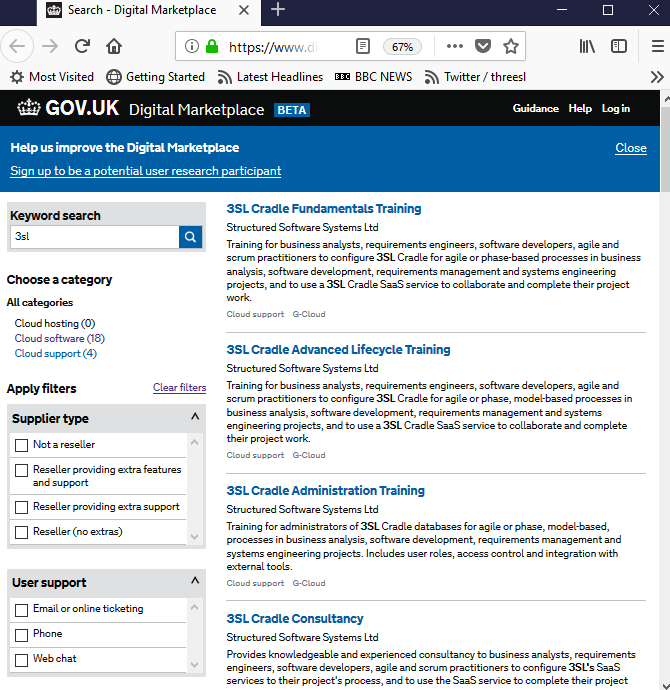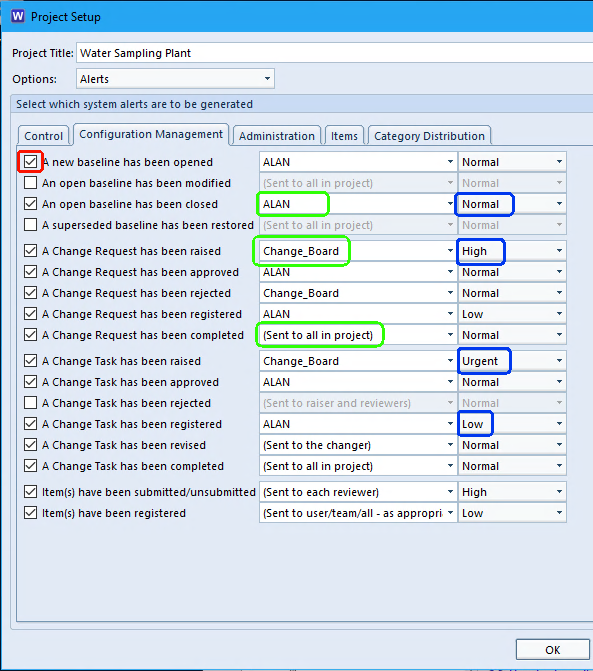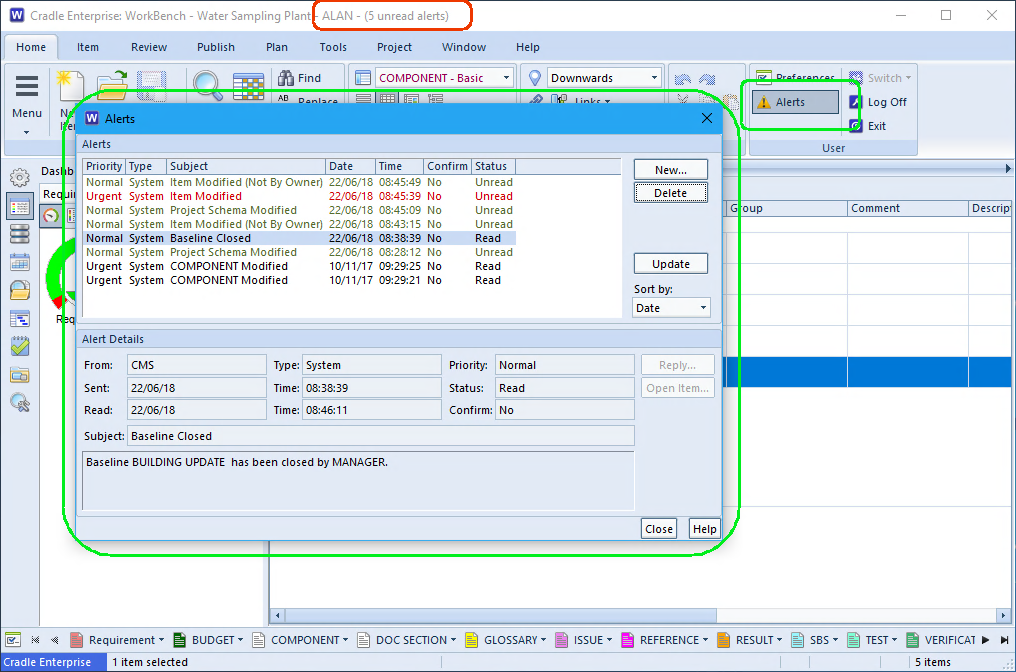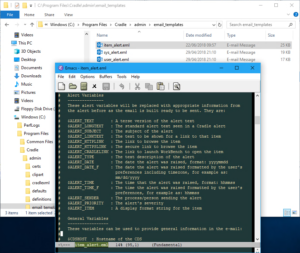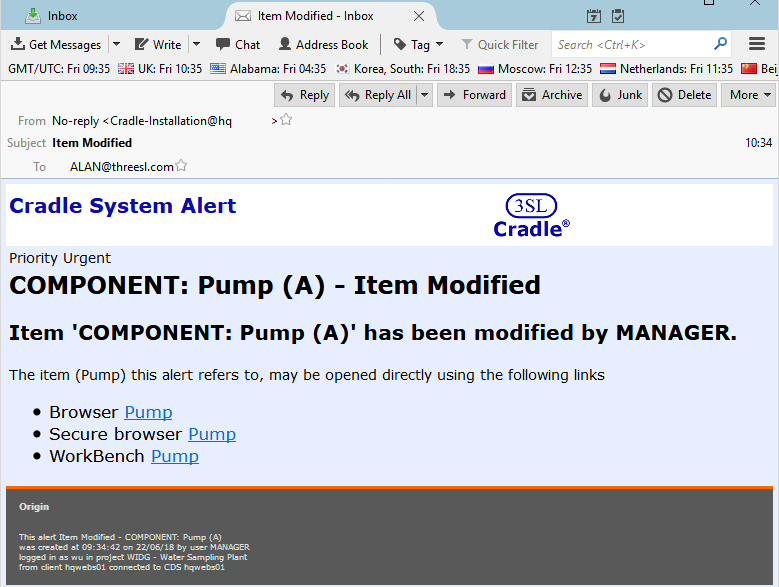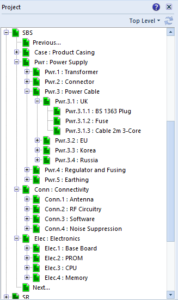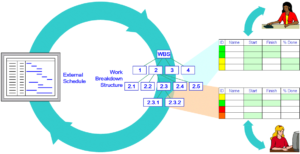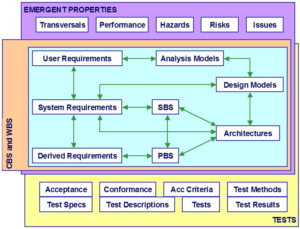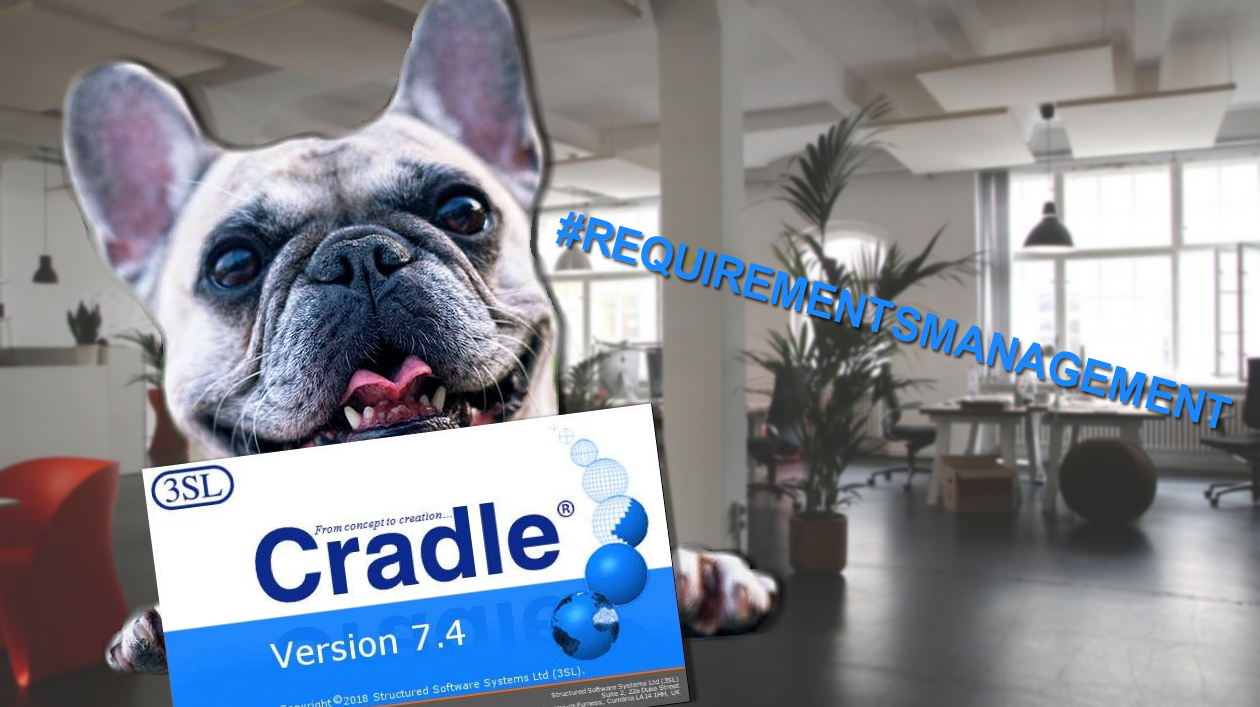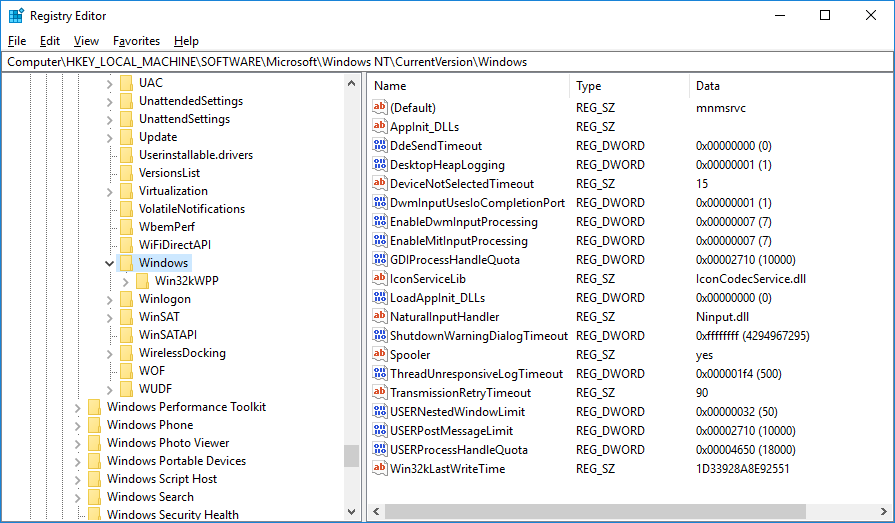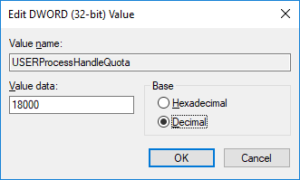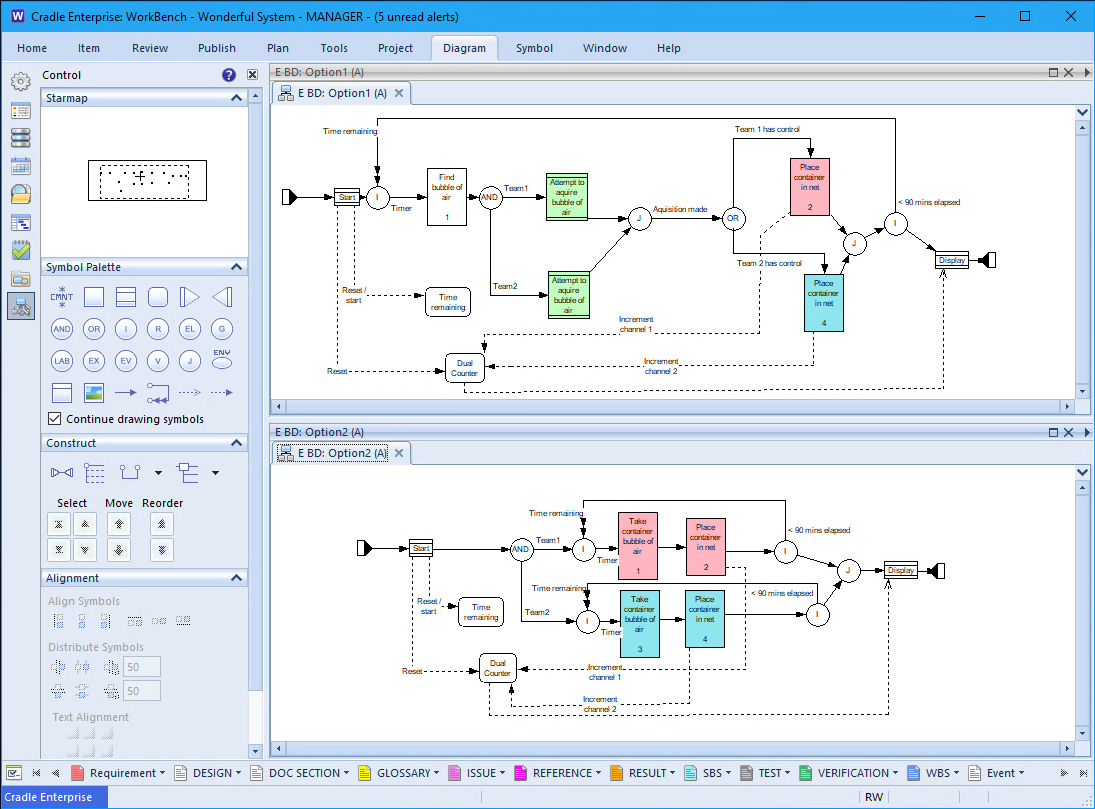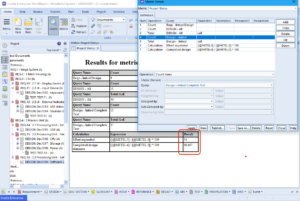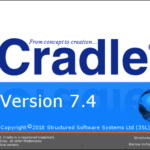Help I’m Melting

When it rains we complain, and now that it’s reached more than 28°C here at 3SL ‘towers’, in Cumbria, we’re all searching for ice creams and sharing a few minutes with our servers in their air conditioned room! However, a week ago, our servers nearly suffered as much as we are now when their air conditioning stopped. Switching to the backup plan of ‘essential only’ machines, we were able to continue working, but it did highlight the importance of planning and designing a robust system. Whilst we may all be able to consider the design requirements/constraints/limitations within our own field, the scope of the environment also needs to be considered. In modelling terms, these are the environment elements:
- Actors in SysML and UML use case diagrams (UCDs, uc’s)
- Environment in data flow diagrams (DFDs)
- Environment in function flow block diagrams (eFFBDs)
- Environment in process flow diagrams (PFDs)
- Environment in architecture modelling PADs and AIDs
- Environment in ADARTS’ software architecture diagrams (SADs)
These symbols represent those parts of the environment with which our system will interact, and provide the means to describe the external interactions that our system has outside it’s own scope In this case the range of the expected external influences exceeded expectations. It’s worth bearing in mind when designing; whilst you may implement fail-safes, redundancy and extra capacity based internal parameters, it’s sometimes the influences outside our control that have the biggest impact.
G-Cloud 10
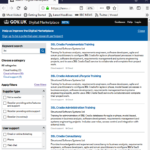
We are pleased to announce that Cradle is available as SaaS through G-Cloud 10. Aimed at projects using both agile and more traditional phase-based processes, Cradle SaaS can be found on the UK government Digital Market Place Cloud Software applications under the Information and communications technology (ICT) services area.
Services
We are offering a range of packaged SaaS services that include Cradle licences, a pre-defined schema and intensive support from 3SL for both unclassified (IL0) and OFFICIAL (certified IL3) deployments full details of which can be found in our article Cradle Available as Packaged SaaS through G-Cloud 10 with prices start from £20 per user per month.
Cradle Latest Version
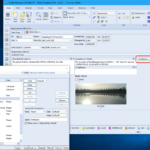
If you’ve not tried the following features yet, here are some highlights from the blog.
Forms – Collapsible Panels – If you have complex amounts of information to deal with on one form, you can roll-up and collapse panels or areas on you Cradle form.
Alerts – Email Templates – If you want additional information, or style customisation, you can now send SMTP client based emails.
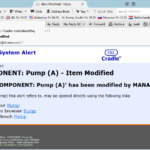
For example if when an item is ready for review, if you want the email to say “Please prepare for review of the following item. Which in two weeks time will be the topic of a full Fagan inspection according to company procedure” you can. Alternatively you could add “Hey folks I hope you’ll all welcome this new user to our project” to the new user alert!
Items – Attribute Sets – A “8mm, Stainless, BSW (British Standard Whitworth)” is different from a “8mm, Stainless, UTS (Unified Thread Standard)” bolt. If you are specifying these components as part of your design solution, you may want to ensure they are unique, there’s no point specifying the same component twice. However, you may want to query on all your 8mm fixings, so having each element as a separate category is really useful. Attribute Sets are a useful tool to ensure that groups of component attributes are unique.
Charity

We have a special “Secret (not!) Birthday Discount” offer of £30 off single user prices and licences.
However, those buying Cradle Enterprise licences can choose to donate £30 per licence bought to a charity of their choice. Ts&Cs apply
England!
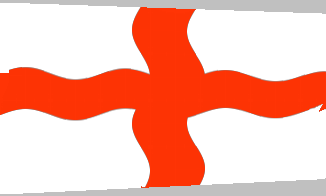
People from several nationalities work in 3SL. Thankfully, none of our respective nations have been playing against each other in the World Cup.
After just securing victory over Columbia on penalties as we write this newsletter, and noting that for England to win a penalty ‘shoot-out’ is itself a rare event (thanks Germany!), we would like to join the thousands of others to wish everyone ‘good luck’ if your nation is still in the competition.
On behalf of the majority of us in 3SL UK: “England!”.
Social Media
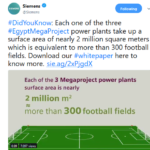
We love keeping an eye on what’s new with our customers and what’s changing in the
community. You may all be aware of football at the moment, but can you envisage a power plant the size of 300 football pitches? Siemens can #LargeScaleEngineering
And on a lighter note we mused at the practicalities of #TakeYourDogToWorkDay.


